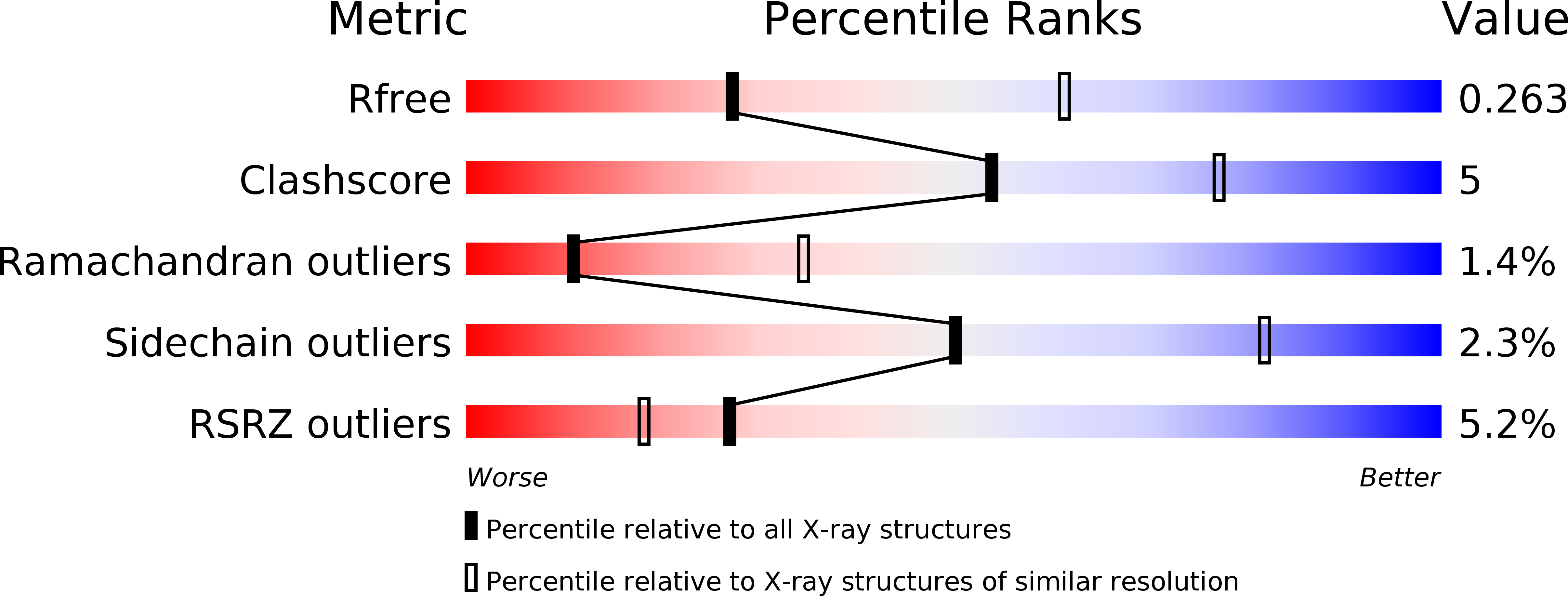
Deposition Date
2007-05-24
Release Date
2008-04-08
Last Version Date
2023-11-15
Entry Detail
PDB ID:
2Q1C
Keywords:
Title:
2-keto-3-deoxy-D-arabinonate dehydratase complexed with calcium and 2-oxobutyrate
Biological Source:
Source Organism:
Sulfolobus solfataricus (Taxon ID: 273057)
Host Organism:
Method Details:
Experimental Method:
Resolution:
2.80 Å
R-Value Free:
0.26
R-Value Work:
0.23
R-Value Observed:
0.24
Space Group:
I 41 2 2


